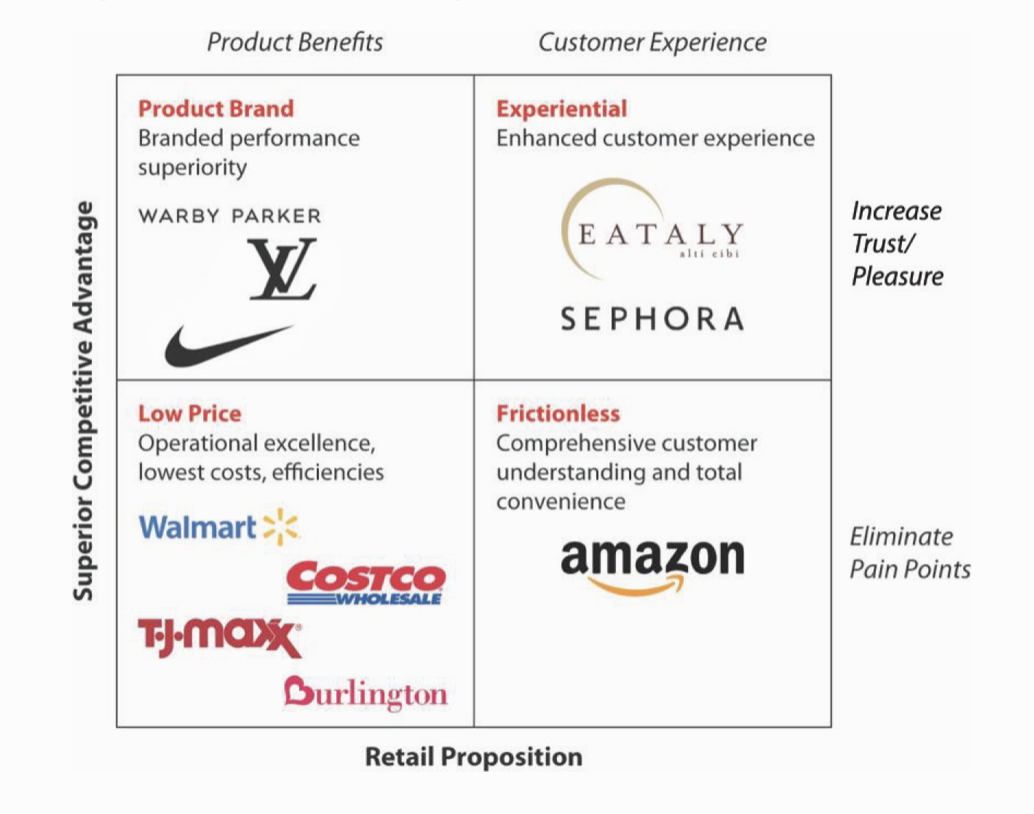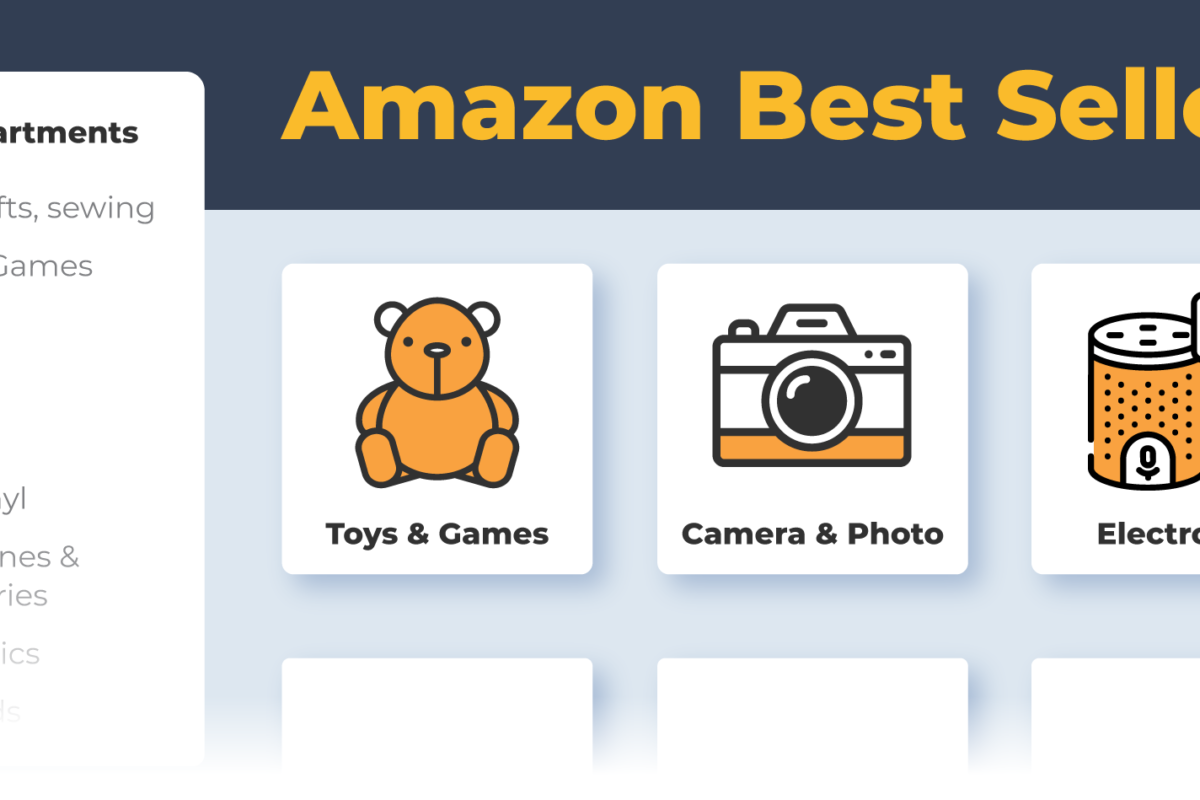How did Amazon become the retailer of choice for a large portion of the US population? How did Walmart beat out other grocers in the late 1990s to become the leader in food retailing? How did Warby Parker make a dent in the once-untouchable Luxottica’s lucrative eyewear business? How did Sephora draw customers away from once-dominant department stores to become the go-to retailer for beauty products?
The answer is that each of these retailers raised customers’ expectations in at least one key dimension of value: Walmart focused on low cost. Amazon looked to convenience. Warby Parker offered hip, branded eyewear to millennials. And Sephora strived to provide a superior in-store customer experience. Each, then, became the market leader to targeted segments of customers and has enjoyed enormous success.
But in today’s competitive world of retailing, keeping a leadership position based on only one aspect of customer value—one area of excellence—is not sufficient. That’s why each of these companies has also leveraged its inherent advantage in one dimension and offered excellence on a second dimension.
Today, Amazon not only offers convenience in shopping but also guarantees very low prices. Building on its operational excellence and guaranteed lowest price strategy, Walmart purchased Jet.com to build up Walmart.com and provide a better omnichannel experience. Warby Parker eliminated the middleman to offer eyeglasses directly to the end user, providing significant cost savings. Sephora built a huge loyalty program that combines in-store and online shopping behavior to provide a personalized, convenient experience for each of its customers.
These retailers offer individual examples of successful strategies. To generalize these successful approaches so any retailer can map out a strategic plan, I built a framework flexible enough to use across different retailing verticals and different customer segments. Because of the framework’s origins on basic assumptions, the strategic implications generalize beyond retailing to other industries.
Mapping Successful Retail Strategies: The Kahn Retailing Success Matrix

Most classic frameworks of retail strategy are missing a critical dimension: the customer perspective. It is a significant and startling omission.
After all, when customers go shopping, they want to buy something they value (product benefits) from someone they trust (customer experience). More than ever, this idea of trust is critical. Customers demand that retailers and brands offer value to society and that their business practices not be exploitative or deceptive. Providing genuine value will result in long-term customer loyalty.
Customers have lots of choices, and they gravitate to the retailers that offer them the best value on the dimensions they care about. In other words, retailers have to provide some kind of superior competitive advantage beyond what is being offered by the competition. This superior value can be delivered either by providing a more trustworthy or pleasurable experience or by removing pain and inconvenience from the retail experience.
These two ideas result in the simple 2 × 2 matrix pictured above that is surprisingly effective at categorizing the most successful retailing strategies today. The framework is very flexible and is therefore relevant across different verticals. Plotting strategy on this framework also provides a mechanism to measure progress at delivering this value relative to customers’ expectations and competitors’ actions.
The “Retail Proposition,” the horizontal axis of this 2 × 2 matrix, represents the first principle: Customers want to buy something they want (product benefits) from someone they trust (customer experience). “Superior Competitive Advantage,” the vertical axis, represents the second principle: In order to win customers, retailers must offer products and experiences that are better than the competition.
This matrix spells out four basic strategies. The first two strategies, illustrated on the top row, differentiate themselves by providing a more trustworthy relationship with the consumer and by providing more pleasure and more benefits; the second two strategies, illustrated on the bottom row, differentiate by eliminating pain points.
Contributed to Branding Strategy Insider by: Barbara E. Kahn, Professor of Marketing at Wharton. Excerpted from her book The Shopping Revolution.
The Blake Project Helps Businesses And Brands In All Stages Of Development: Get actionable guidance from experts on Brand, Growth and Purpose strategy.
Branding Strategy Insider is a service of The Blake Project: A strategic brand consultancy specializing in Brand Research, Brand Strategy, Brand Growth and Brand Education




